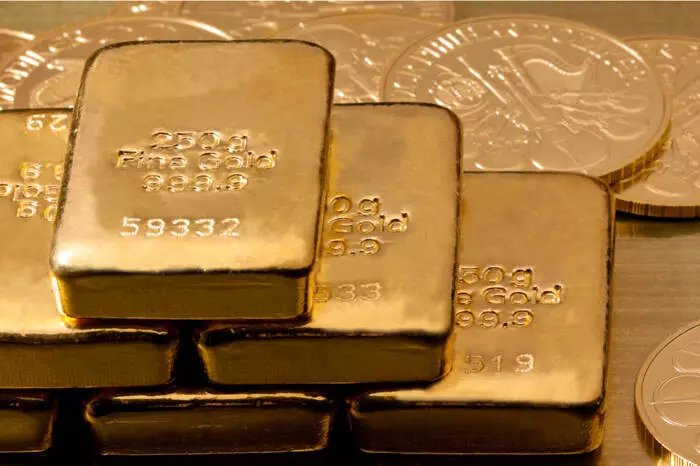The recent rate hike in Japan has sparked debates about its impact on the yen and the USD/YEN pair. Traditionally, higher rates on the yen should be bullish for the currency and bearish for the pair. However, post the rate hike, the pair actually rallied, creating uncertainty about the future trends. Japanese investors might decide to buy dollars to purchase U.S. stocks, as higher rates on the domestic market could potentially harm local companies. The Japanese stock market is experiencing significant movements, with the Nikkei index showing a strong sell signal after breaking above previous all-time highs. Although the index is currently trading above the previous high, the earlier invalidation and the recent rate hike suggest that the rally may be coming to an end.
Looking back at history, it is evident that previous assumptions about stock market trends have often proven to be incorrect. A similar situation occurred in the late 1980s with Japanese stocks, where the market declined for about 18 years after reaching its peak. It took approximately 34 years for investors to break even, and even then, it was only in nominal terms. This serves as a cautionary tale for those who believe that stocks can only move upwards indefinitely. The possibility of a market correction is always present, and investors need to be prepared for potential downturns.
Impact on Gold Market
The prevailing notion that a rate hike in Japan would have a positive effect on the gold market is flawed. While it may lower the value of the USD Index, there is no guarantee of such an outcome. Furthermore, the unwinding of the yen carry trade mechanism could adversely impact the precious metals market. Although the effects may not be immediate, market reactions are likely to reflect these changes over time. It is crucial not to overlook the potential consequences of these interconnected market movements. Falling stocks in Japan could trigger similar declines in global markets, creating a ripple effect across different sectors.
The recent volatility in the cryptocurrency market, particularly with bitcoins, serves as another example of market unpredictability. Despite initial optimism following favorable comments from influential figures like Trump, bitcoins failed to sustain their momentum. Selling pressure from disillusioned investors outweighed any positive sentiments, leading to a decline in the market. This scenario has parallels with the potential challenges facing mining stocks, where the anticipation of new highs may be met with disappointment if trends do not materialize as expected.
The interplay between rate hikes, currency fluctuations, and market trends is highly complex and unpredictable. Investors should exercise caution and consider the broader implications of such macroeconomic events on their portfolios. While historical patterns can offer valuable insights, they do not guarantee future outcomes. It is essential to remain vigilant, adapt to changing market dynamics, and diversify investments to mitigate potential risks.

